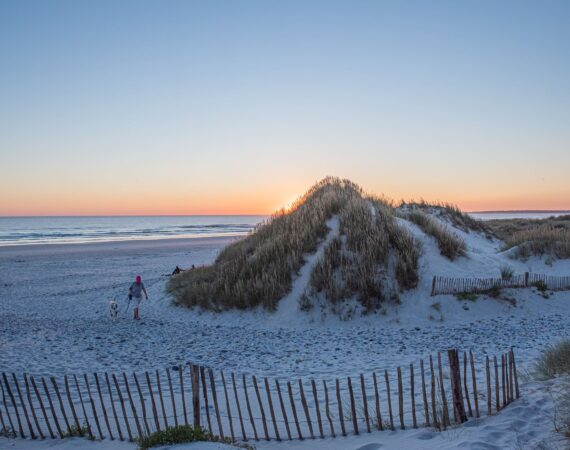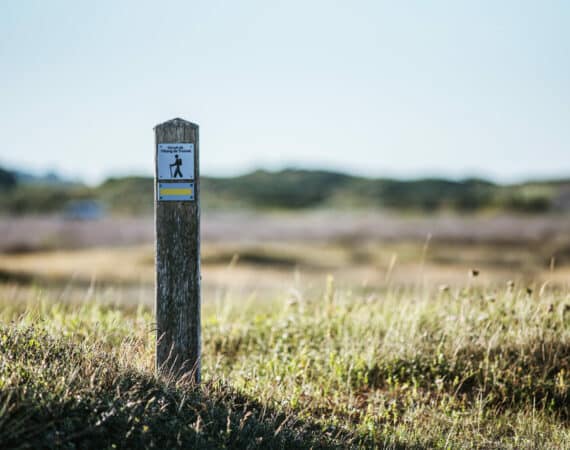On September 4, 2021, during the World Conservation Congress in Marseille, the Bay of Audierne joined the list of 2,400 RAMSAR labelled wetlands in the world. Adopted for the first time in the Iranian city of the same name in 1971, the RAMSAR label was born of an international convention supported since the 1960s by governments, NGOs, and environmental specialists concerned with the loss and degradation of wetland habitats for migratory waterbirds.
The Bay of Audierne, France’s 51st wetland recognized of international value.
In unison with the Departmental Council and the Forum of Atlantic Wetlands, the Pays Bigouden administrations carried out the labialization project by consulting local stakeholders.
The naturalist knowledge collected over the years by organizations such as Bretagne Vivante has made it possible to highlight the value of this site’s biodiversity. Aware of the issues related to the management of this natural space, local authorities have long been working alongside the Conservatoire du Littoral (seaboard preservation trust) and the Finistère Department Council to manage and protect the site.
With 500 hectares of wetlands nested in a vast dune plane bordering the coast, the Bay of Audierne constitutes a unique ecosystem. In the winter when groundwaters overflow and rainwaters pour into the Pays Bigouden, the topography of the site transforms the dune landscapers into a multitude of inland seas, separated from the ocean by a fragile dune cord.
The dune plan also host the Finistères two largest freshwater lagoons Kergalan and Trunvel which combined add up to 1.7 square kilometers.
The diversity of these ecological systems ensures a major biodiversity. The Bay of Audierne has more than 374 species of invertebrates, 1,000 animal species including 300 bird species, among which rare specimens such as the Aquatic Warbler.
As to flora, more than 700 species have been inventoried on the site, 3 of which are classified as of community interest, 26 are protected and 58 considered rare or endangered on a regional or national scale.
An international recognition rather than a regulation
Labelled RAMSAR the Bay of Audierne now enjoys an international distinction which recognizes the heritage interest and fragility of its wetlands. The label represents recognition of the ecological interest of the bay and the preservation efforts carried out on the territory by local authorities and associations.



